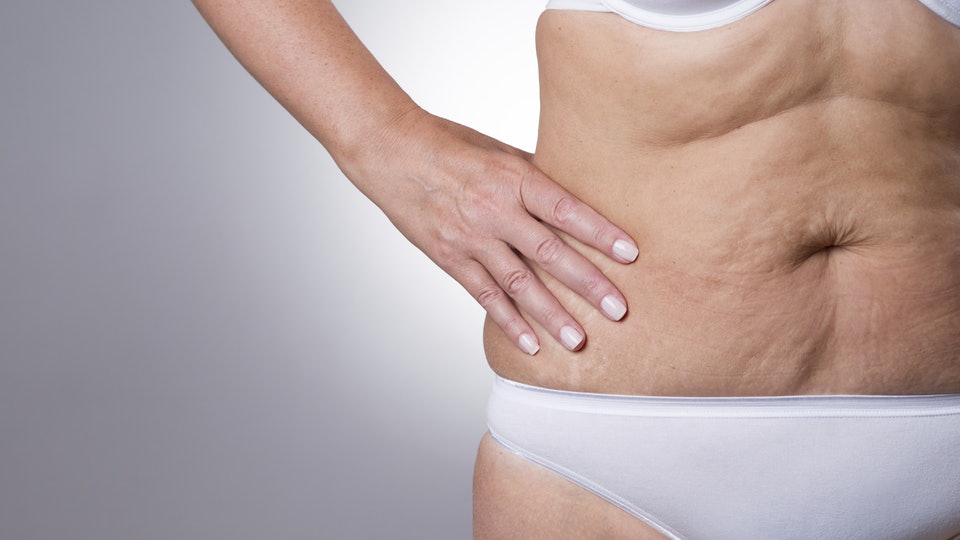It’s no secret that pregnancy results in a number of body changes. From spider veins and stretch marks to sagging breasts, your body won’t look quite the same after having a baby. Fortunately, many of these changes are only temporary and your body will bounce back after pregnancy.
However, there are also changes that will permanently alter your appearance. The good news is that there are treatment options available, ensuring you can feel like your old self again, if not better.
A Guide to Treatment Options for Pregnancy Body Changes
- Sagging Stomach
If there’s one thing that the majority of new moms will need to deal with, it’s a sagging stomach or belly pooch. This is often not something that you can get rid of with exercise and diet alone because it’s caused by sagging and stretched abdominal muscles. The medical term for this condition is diastasis recti and it’s usually paired with excess skin.
A sagging stomach can easily be correct with a tummy tuck. A tummy tuck is designed to not only get rid of any stubborn and excess fat and skin but tighten the abdominal muscles too, leaving you with a flatter, tighter stomach with natural contours. A tummy tuck can also address any distortions of the belly button that can also occur after pregnancy.
- Drooping Breasts
The breasts are another prominent area to be affected by pregnancy and breastfeeding. After pregnancy, most women are left with droopy and uneven breasts due to the fluctuations in breast tissue and milk production. Women who make the decision not to breastfeed aren’t impacted as much as those who do. Women who nurse stretch the breast skin and tissue, which is why the breasts look flatter after pregnancy.
A breast lift or augmentation is the only way to restore the appearance of the breasts. Breast augmentation will improve the shape and size of the breasts, while a breast lift will remove excess skin, reshape and reposition the breasts so that they’re perkier and shapelier again. A qualified surgeon will be able to tell you whether you would benefit more from augmentation, a breast lift or both. These boob job details and FAQs will provide you with more detailed information on the procedure and what to expect.
- Stretch Marks
Your body needs to make room for a baby, which means stretch marks are par for the course. Stretch marks occur when the skin is injured at a deeper level and can’t expand quickly enough to accommodate the body changes that occur with pregnancy. The majority of women develop stretch marks on their stomachs, breasts, thighs and around their waists during pregnancy.
Fortunately, stretch marks can be treated and laser therapy is the best solution for them. While laser treatments won’t completely eliminate the appearance of stretch marks, they can make a significant difference, especially if they are treated early on. Intense pulsed light or Fraxel laser treatments are the most effective options for stretch marks.
- Hair Loss
While this isn’t something all women experience during pregnancy, it’s not uncommon. Hair thinning and loss can occur as a result of hormonal changes. Hair loss can be quite alarming but in most instances, it is only temporary. Fortunately, there are also a number of treatment options for hair loss and thinning hair.
Platelet rich plasma therapy or PRP therapy is a treatment that uses platelets in the patient’s own blood to stimulate the hair follicles and restore natural hair growth patterns. The treatment can be applied to both the scalp and the eyebrows.
- Skin Dryness
Another area of the body that’s affected by hormonal fluctuations is the skin. During and after pregnancy, the skin can become dry and itchy, which is a frustration more than anything else. In some cases, the skin can also start to flake.
To combat this, it’s important to stay hydrated and to use a high-quality moisturiser during and after pregnancy. A hydrating facial or two will also restore your skin’s moisture levels and give it an extra boost.
- Spider Veins
Leg swelling and puffiness is another side effect of pregnancy. With this, many women also develop spider veins and in some cases, varicose veins. Following pregnancy, most of the swelling and protruding veins will disappear but there is a high chance that some of them will stay behind. Spider and varicose veins can be embarrassing and can get worse if left untreated.
Depending on the type and severity of the spider or varicose veins, there are both surgical and non-surgical treatment options available, including sclerotherapy and micro-incision phlebectomy.
Pregnancy and becoming a mother is a truly special experience and it helps to know that almost all of the body changes you experience can be treated once you are fully recovered.











